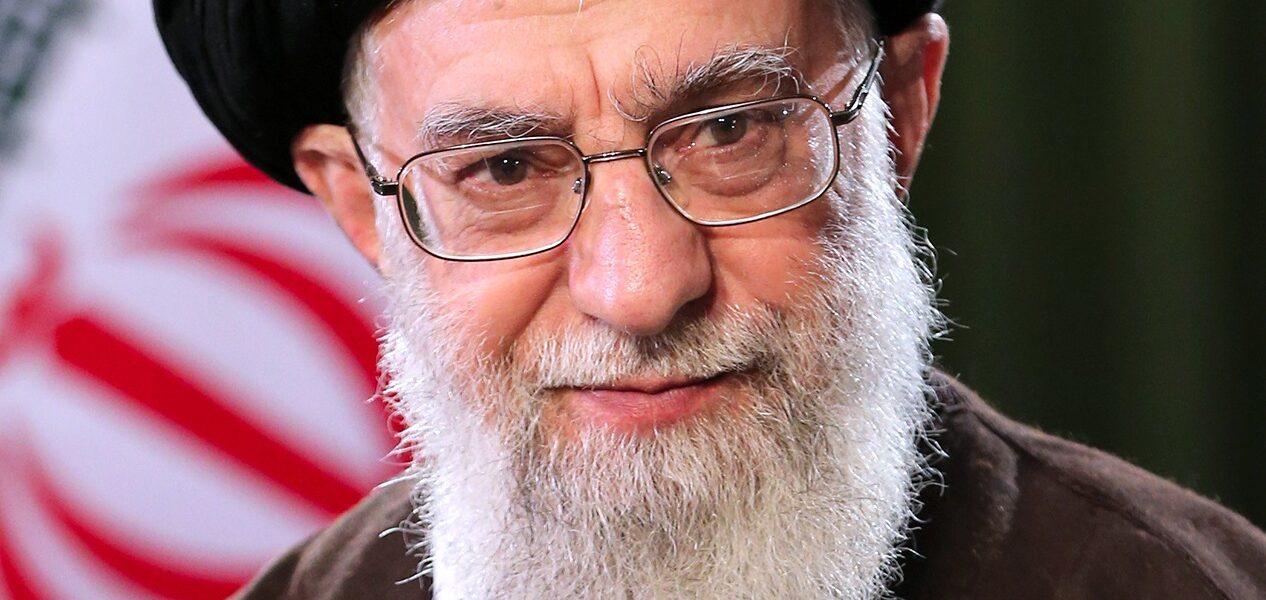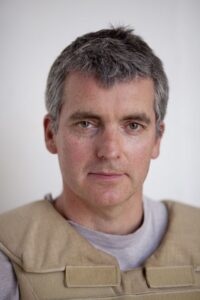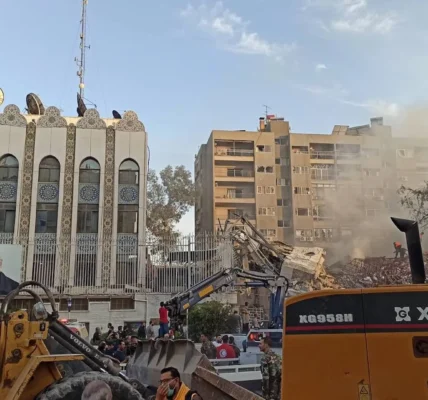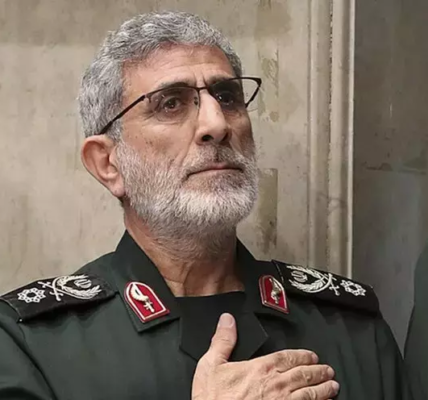Iran has a unique power structure with the control of the country resting in the hands of the state’s supreme leader. The other major power broker is the head of the Iranian Revolutionary Guard Corps – widely regarded as a terrorist organisation. National Security News set out how Iran is run and by whom.
Supreme Leader, Ayatollah Ali Khamenei
At the top of Iran’s power structure is the Supreme Leader, Ayatollah Ali Khamenei, who succeeded Ayatollah Ruhollah Khomeini, the father of the Iranian Revolution, upon his death in 1989. Khomeini and Khamenei are the only two men to have held the office since the founding of the Islamic Republic in 1979.
According to Iran’s Constitution, the Supreme Leader is responsible for the delineation and supervision of “the general policies of the Islamic Republic of Iran,” meaning he effectively directs Iran’s domestic and foreign policies.
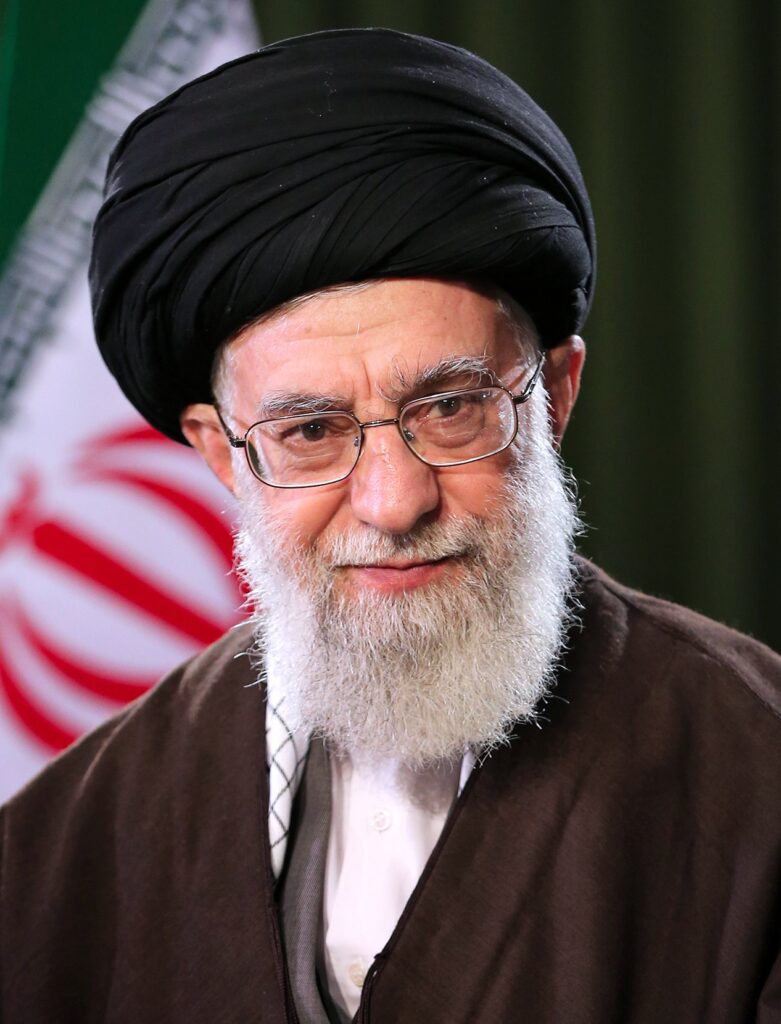
The Supreme Leader also is commander-in-chief of the armed forces and controls the Islamic Republic’s intelligence and security operations; he alone can declare war or peace. He has the power to appoint and dismiss the leaders of the judiciary, the state radio and television networks, and the supreme commander of the Islamic Revolutionary Guard Corps.
He also appoints six of the twelve members of the Council of Guardians, the powerful body that oversees the activities of Parliament and determines which candidates are qualified to run for public office.
The Supreme Leader’s sphere of power is extended through his representatives, an estimated 2,000 of whom are positioned throughout all sectors of the government and who serve as the Leader’s clerical field operatives. In some respects, the Supreme Leader’s representatives are more powerful than the president’s ministers and have the authority to intervene in any matter of state on the Supreme Leader’s behalf.
The President
The current president of Iran is Ebrahim Raisi, who assumed office on 3 August 2021, after the 2021 presidential election. He succeeded Hassan Rouhani, who served 8 years in office from 2013 to 2021.
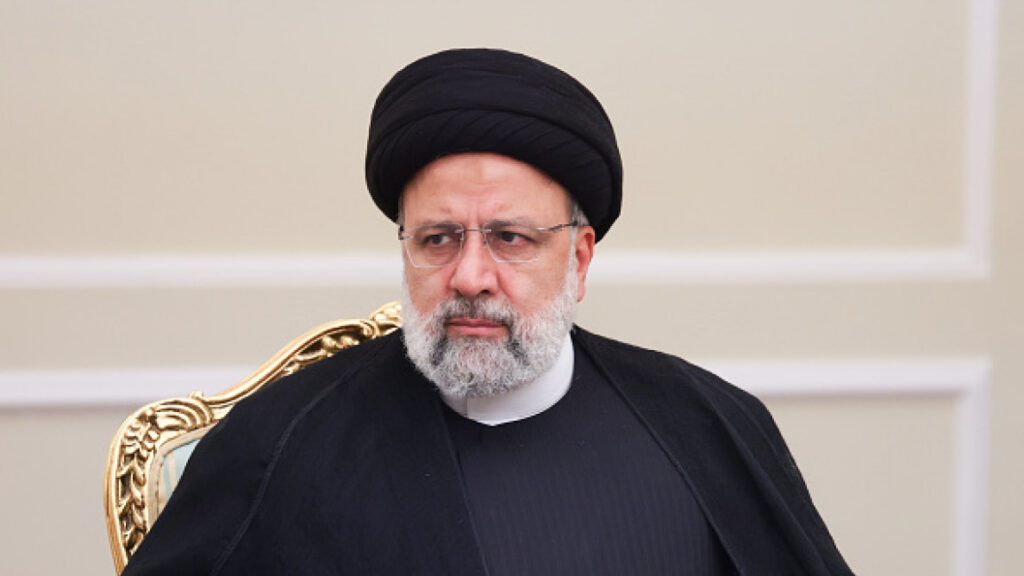
The president is the second highest ranking official in Iran. While the president has a high public profile, his power is in many ways limited by the constitution, which subordinates the entire executive branch to the Supreme Leader. In fact, Iran is the only state in which the executive branch does not control the armed forces. The president is responsible for setting the country’s economic policies. Though he has nominal rule over the Supreme National Security Council and the Ministry of Intelligence and Security, in practice the Supreme Leader dictates all matters of foreign and domestic security. Eight vice presidents serve under the president, as well as a cabinet of 22 ministers. The Council of Ministers must be confirmed by Parliament.
National Security and Intelligence
Iran is the only country whose executive does not control the armed forces. In fact, though the president has nominal rule over the Supreme National Security Council and the Ministry of Intelligence and Security, in practice the Supreme Leader dictates all matters of foreign and domestic security.
Supreme National Security Council
Article 176 of Iran’s Constitution sets up the Supreme National Security Council, and charges it with “preserving the Islamic Revolution, territorial integrity, and national sovereignty.” Its members include: the president; speaker of Parliament; the head of the judiciary; the chief of the combined general staff of the armed forces; the ministers of foreign affairs, the interior, and intelligence; and the commanders of the Islamic Revolutionary Guard Corps and the regular military, among others. As head of the Supreme National Security Council, the president helps coordinate the Supreme Leader’s foreign policy directives.
Armed Forces
The overall commander of the Iranian armed forces is the Supreme Leader but the day to day running of the force is left to Major General Mohammad Bagheri, a military intelligence expert with a PhD in political geography. He is also a veteran of the Iran-Iraq War and a member of the Iranian Revolutionary Guard Corps. The armed forces are composed of 587,000 regular personnel and 200,000 reservists.
The armed forces are currently undergoing a major rearmament programme with much of the armed forces’ weaponry being produced domestically. Iran’s ballistic missile and space programme is an internationally hot political topic over which it has consistently refused to negotiate. Iranian authorities state that the country’s missile program is not designed to deliver nuclear payloads, but used only for surgical strikes, and is therefore not relevant to any nuclear negotiations.
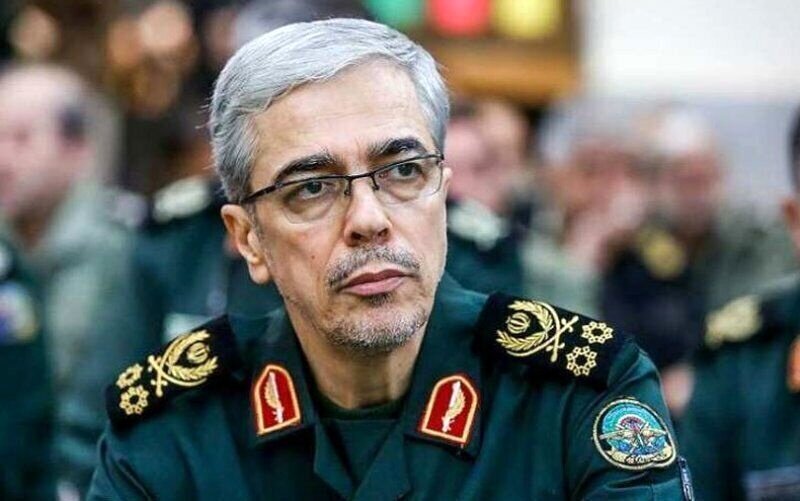
The Iranian Revolutionary Guards Corps
The organisation’s current commander is Major General Hossein Salami, a veteran of the Iran-Iraq War who was appointed in 2019. Iran’s Islamic Revolutionary Guard Corps (IRGC) is widely regarded as the most powerful organisation within Iran.
It was set up over 40 years ago to defend the country’s Islamic system, and to provide a counterweight to the regular armed forces.
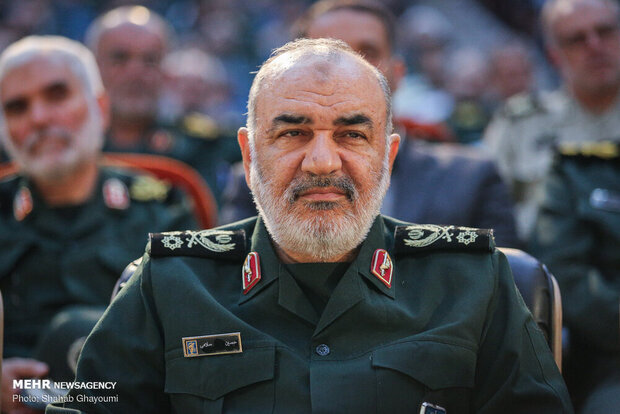
It has since become a major military, political and economic force in Iran, with close ties to the Supreme Leader, Ayatollah Ali Khamenei, and many other senior figures.
The IRGC is estimated to have more than 190,000 active personnel, with its own army, navy and air force, and oversees Iran’s strategic weapons.
It also controls the paramilitary Basij Resistance Force, which has helped suppress domestic dissent, and the powerful bonyads, or charitable foundations, which run a considerable part of the economy.
The IRGC exerts influence elsewhere in the Middle East by providing money, weapons, technology, training and advice to allied governments and armed groups through its shadowy overseas operations arm, the Quds (Jerusalem) Force.
The US accuses the Quds Force of supporting terrorist organisations and being responsible for attacks in Iraq and elsewhere in the Middle East that have resulted in the deaths of hundreds of American and allied military personnel.
On 3 January 2020, the US killed the Quds Force’s powerful commander, Major General Qasem Soleimani, in a drone strike in Baghdad. The defence department said he had orchestrated a rocket attack in Iraq that killed an American contractor and was “actively developing plans to attack” American diplomats and troops in the region.
Ayatollah Khamenei called for “forceful revenge”, raising fears of a major conflict.
The current Quds Force commander is Brigadier Esmail Qaani, a veteran of the Iran-Iraq War and who has more than five decades of overseas operational experience, including in Syria and Afghanistan.
Iran has acknowledged the role of the Quds Force in the conflicts in Syria, where it has advised forces loyal to President Bashar al-Assad and armed thousands of Shia Muslim militiamen fighting alongside them, and Iraq, where it has backed a Shia-dominated paramilitary force that helped defeat IS.
The Quds Force has also been accused by the US of plotting or carrying out terrorist attacks, directly or through its proxies, in five out of seven continents.

